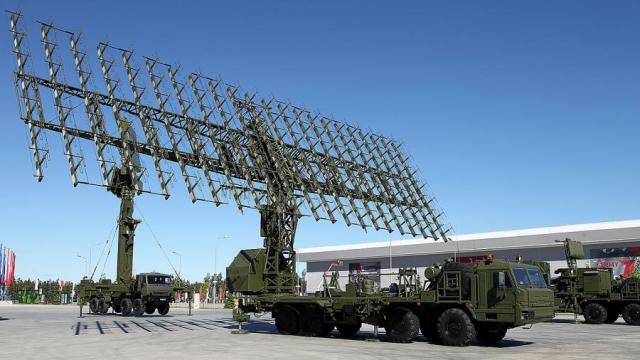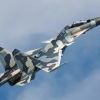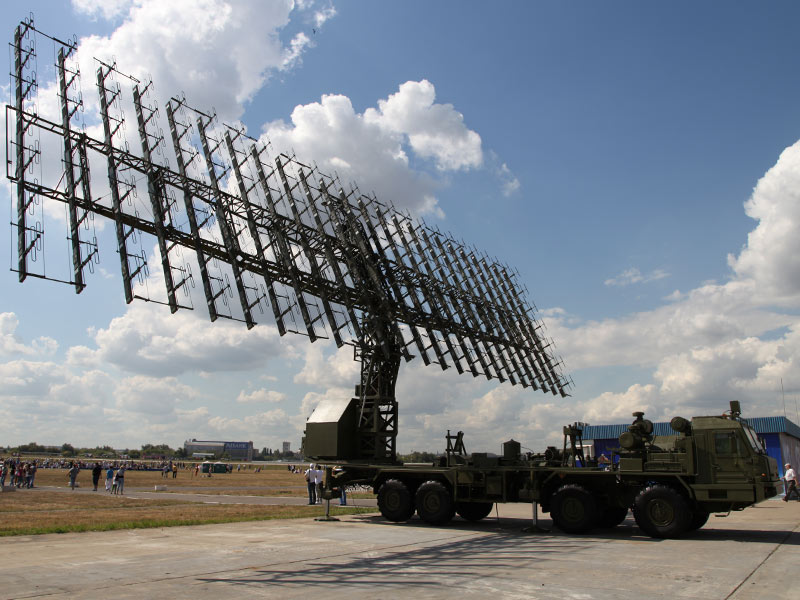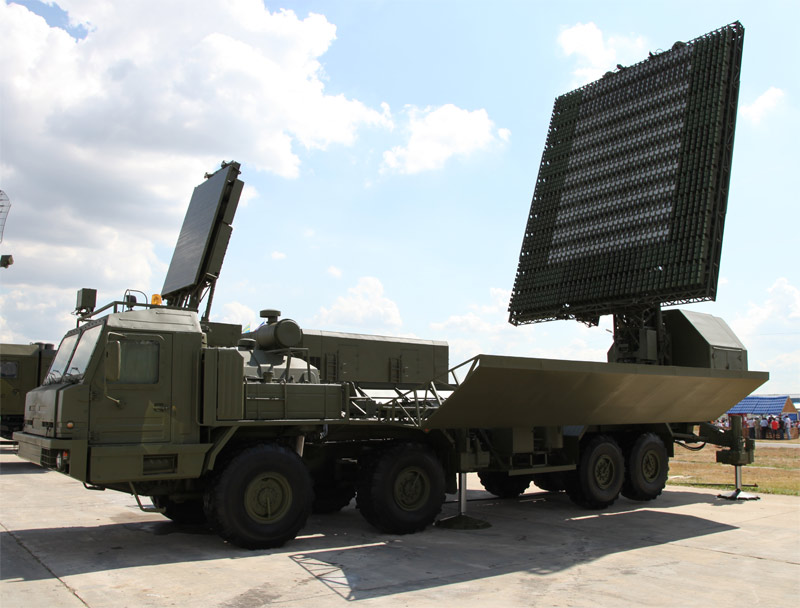The North of Russia and the Arctic will be covered with an impenetrable radar belt. The latest Nebo-M long-range radars will be placed under Naryan-Mar, sources in the defense Ministry told Izvestia. This will bring to completion the formation of a single air defense contour over the Northern sea route and the Arctic. Experts note that due to the increased competition of world powers in the Arctic, the restoration of a continuous zone of control over the airspace there is necessary to protect the country's economic interests.
The North of Russia and the Arctic will be covered with an impenetrable radar belt. The latest Nebo-M long-range radars will be placed under Naryan-Mar, sources in the defense Ministry told Izvestia. This will bring to completion the formation of a single air defense contour over the Northern sea route and the Arctic. Experts note that due to the increased competition of world powers in the Arctic, the restoration of a continuous zone of control over the airspace there is necessary to protect the country's economic interests.
Long-range detection
As sources in the military Department told Izvestia, the latest radar stations (radars) have already been deployed and started serving. If necessary, radars can be quickly transferred to other regions of the Arctic. The new radars will take control of the sky not only over a large section of the Northern sea route, but also over a cluster of oil and gas enterprises and fields in the Nenets Autonomous district and neighboring regions.
Any aircraft flying at high altitude, radars can detect for 600 km. Medium-range ballistic missiles rising high above the ground-for 1,8 thousand km. In conjunction with the Nebo-M radar, additional complexes are usually placed that specialize in detecting low-flying targets.
In September, defense Minister Sergei Shoigu said that the military-political situation in the Arctic is becoming more complicated due to increasing competition between States seeking access to resources and transport communications. Earlier, the defense Ministry has already announced its plans to build a unified network of control over Russian airspace in the Arctic.
— In the Arctic region, the interests of the world's leading powers collided, - said military expert Vladislav Shurygin. - Disputes continue about the boundaries of the shelf and the ownership of resources on it. We constantly hear complaints about Russia because of the militarization of the North. But NATO's military activity is also growing there. It is enough to recall the" probing " of the Russian air defense system by American b-52 strategic bombers in September or the may maneuvers of a strike group of US and British ships in the Barents sea.
As the climate warms and the ice retreats, the contradictions will only increase. Therefore, the deployment of such powerful radars in the Arctic is not only a practical step to strengthen air defense in the region, but also a demonstration of firm control over economically and strategically important territories, the expert concluded.
In addition to the deployment of conventional air defense radars and anti-aircraft missile regiments along the Northern coast of the country, other modern technologies are planned to be used to better control the vast space. In December last year, the developer of the innovative over-the-horizon radar "Container" told about plans to build a second such station specifically for the Arctic. The first one went on combat duty in Mordovia last year and now monitors the Western and southern far approaches to the Russian borders — it can detect missile launches and aircraft flights at a distance of up to 3 thousand km.
Arctic return
— In the second half of the last century, a possible attack by us strategic bombers across the North pole was considered a very serious threat, - military historian Dmitry Boltenkov told Izvestia. - Especially when the United States received long-range cruise missiles. This was the shortest and least protected direction — the enemy could strike at the Urals and Central Russia. Therefore, a powerful network of air defense radars was created in the Arctic and many fighter regiments were deployed. It was for work in these regions that such models of interceptor aircraft as the MiG-31 and Tu-128 were developed.there Was an aviation base near Naryan-Mar.
According to the expert, in the 1990s, almost all the carefully built air defense infrastructure in the North of the country was lost and the space far from the land borders became a "white spot" on the radar coverage map. Restoration began in 2013. Less aviation is now permanently stationed there, but new and much more advanced radars have been installed.
Among the largest projects to return to the Arctic — formation in Yakutia, 3rd air defense division 45th army air force and air defense of the Northern fleet. Its anti-aircraft and radar units are located in Tiksi and on neighboring Islands in the Laptev sea.
Along the entire Northern coast of the country from Novaya Zemlya to Chukotka, a network of radar posts and aviation guidance points has been created. Autonomous military and border bases were built on the Franz Josef Land archipelago, Kotelny, Wrangel and Sredny Islands, and Cape Schmidt. The air defense regiment on Novaya Zemlya was re-equipped with s-400 anti-aircraft missile systems.
Radar coverage
The Nebo-M radar is the most powerful mobile air defense locators at Russia's disposal. They consist of four different machines. Three of them have radar modules — centimeter, decimeter and meter ranges. Information from them is combined and processed at the fourth, where the control point is located. It is able to simultaneously track two hundred objects air.
This combination of modules allows you to detect a variety of targets - from strategic bombers and ballistic missiles to low-profile aircraft made using Stealth technology.
The first serial Nebo-M radars are being delivered to the army in 2017. They have already equipped some regiments in the Western military district and in the far East, in the Crimea. The vehicle chassis design allows you to transfer stations to the desired area by land, air and water — you can deploy them from the marching position in just 15 minutes. Such radars also work at the Hmeimim air base in Syria.
The Northern sea route runs along the Arctic coast of Russia and is the shortest route between Southeast Asia and Europe. It is also critically important for supplying the polar regions of Russia, as well as for extracting minerals in them. Currently, the 5,600 km route is available for navigation two to three months a year. It is expected that in the medium term, as the climate warms and the eternal ice retreats, the period of navigation on it will increase or even become year-round, which will further increase its strategic importance.







